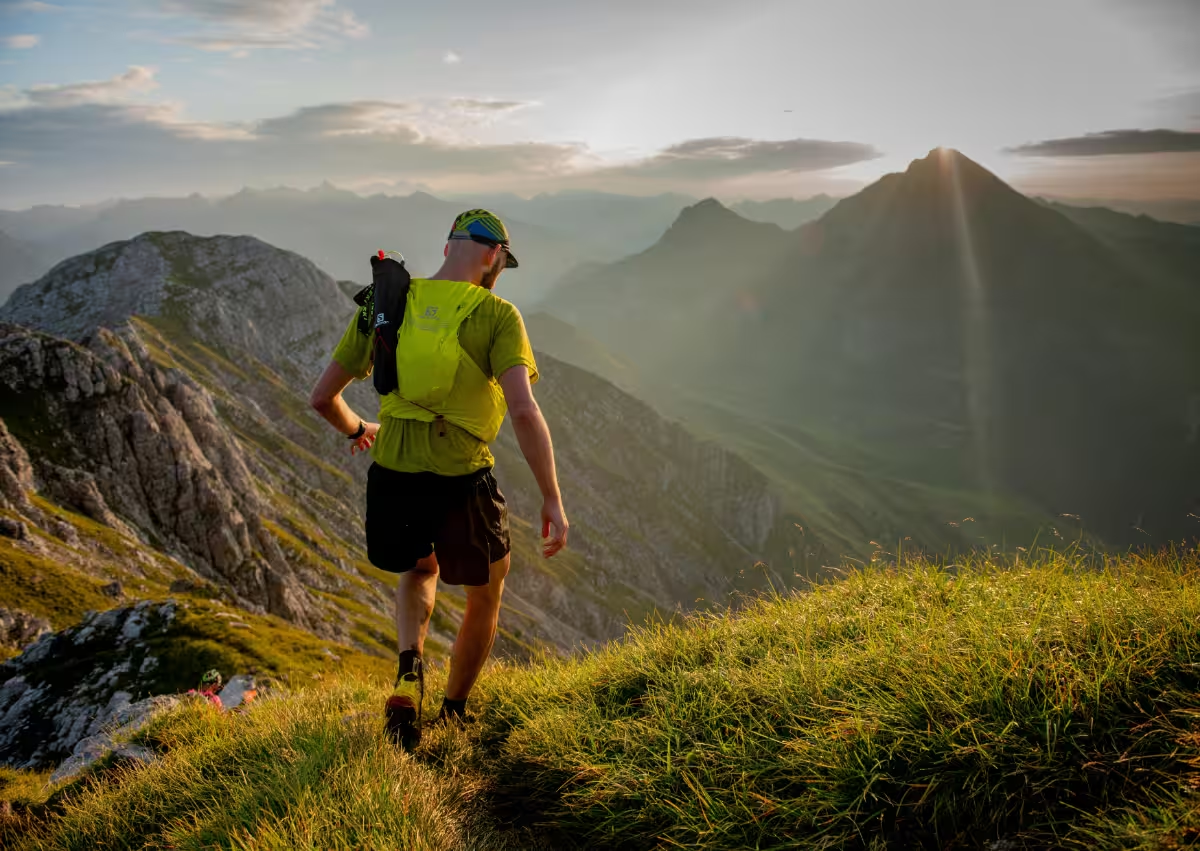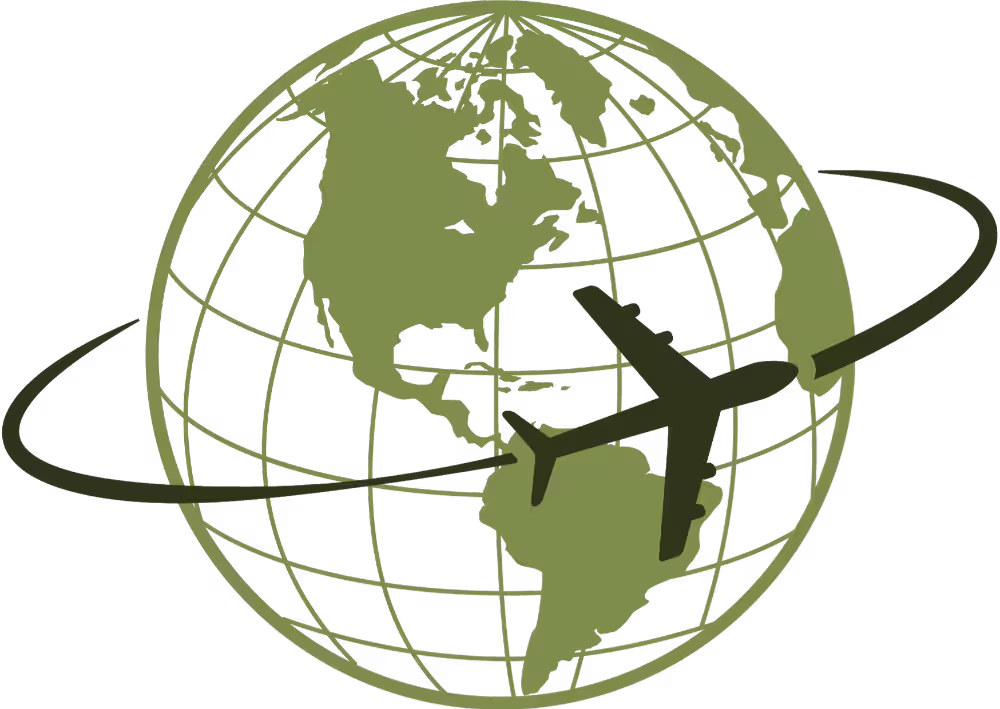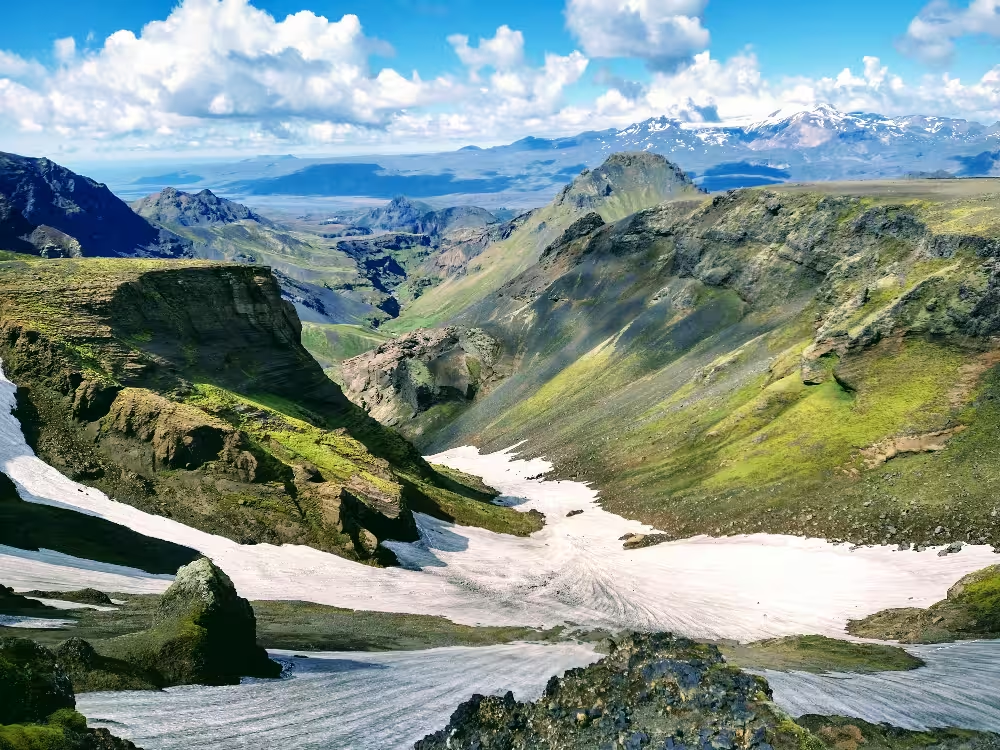Love to Travel? Discover the Beauty of the World Through Destination Marathons
Introduction
Have you ever dreamt of lacing up your running shoes and starting an incredible adventure
to explore the world? If you're a passionate runner looking for new challenges and experiences, destination
marathons might just be your ticket to adventure.
Races are held all around the world, so there are countless possibilities for those seeking new experiences.
These races offer a thrilling combination of running, travel, and cultural immersion, allowing you to discover
the beauty of both the sport and the world.
In this blog post, we'll dive into the exciting world of destination marathons and why they are a must-try for
any adventure-seeking runner.

So what exactly is a Destination Marathon?
A destination marathon, also known as a racecation, is a running race that takes place in a unique and attractive location,
typically chosen for its scenic beauty or cultural significance. Runners travel to these destinations from their hometowns
or other places to participate in the marathon, combining the experience of running with the opportunity to explore a new location.
Destination marathons are known for their memorable and often picturesque race courses, including routes through cities, natural
landscapes, historic sites, or along coastlines. Participants not only aim to achieve their running goals but also to enjoy the
overall travel and cultural experiences associated with the destination.
Some popular destination marathons may take place in iconic cities like New York, Paris, or Tokyo, while others are set in more
remote or exotic locations like the Great Wall of China, the African savannah, or tropical islands. These events often attract
both serious runners seeking new challenges and casual runners looking to combine their passion for running with travel.

Why Choose a Destination Marathon?
Explore New Horizons
Imagine running along the historic streets of Rome, taking in the breathtaking views of the Great Wall of China, or experiencing the vibrant energy of the New York City Marathon. Destination marathons transport you to iconic and exotic locations, providing a unique perspective that you wouldn't get from a typical tourist experience.
Challenge Yourself
Destination marathons often come with added challenges, like racing at a different altitude than you are used to or in deep snow or extreme heat. Or even all these obstacles combined. Such challenges can push you beyond your comfort zone and help you grow as a runner and as an adventurer.
Cultural Immersion
One of the greatest rewards of destination marathons is the opportunity to immerse yourself in local cultures. You'll interact with people from different backgrounds, savor authentic cuisine, and witness customs and traditions that make each destination truly unique.
Build Lifelong Memories
Running a destination marathon isn't just about crossing the finish line; it's about creating unforgettable memories. You'll share your journey with fellow runners who share your passion and maybe even form lasting friendships along the way.
How to Choose Your Destination Marathon
Selecting your destination marathon is an exciting process. There are so many options, and you may want to sign up for several of them, but there are some important factors you should consider:
Location
Consider what type of scenery inspires you the most. Do you prefer an urban race in a large city you've never been to before or a scenic trail run in a natural paradise? Choose a location that fits to your personal desires.
Terrain and Difficulty
Think about the terrain you're comfortable running on. Are you more inclined toward road races, off-road trails, or a mix of both? Research the course's elevation profile and difficulty level.
Race Distance
Destination marathons often offer various race distances, from half marathons to ultras. Pick a distance that aligns with your fitness level and goals, and remember to also consider the terrain and difficulty. For instance, the difficulty of a 50k race can vary significantly depending on whether it's a flat course or a mountain run.
Time of Year
Consider the climate and weather conditions of the destination during the race's time frame. Some runners prefer mild temperatures, while others embrace the challenge of extreme conditions.
If the climate or altitude at the race destination differs significantly from what you're accustomed to, it's important to factor in extra time before the race to acclimate your body to these changes.Travel Logistics
Think about the logistics of getting to and from the race destination. Research visa requirements, flight options, and accommodations.
Race Reputaion
Look for reviews from previous participants to get an idea of the quality of the race organization and overall experience.

Preparation and Training
Once you've chosen your destination marathon, it's time to prepare. Here are some tips:
Training Plan
Develop a training plan that suits the terrain and conditions of the race location. For example, if you're running a trail marathon, focus on hill training and trail running.
You can either make your own training plan or find one online. Just remember to research properly so your training plan fits to your fitness level and has realistic goals. It needs to include tempo runs, hills, long runs, strength training, and proper rest in between. You can also get a personal trainer or running coach to create a personal training plan for you.Gear
Invest in appropriate gear for the race, including shoes designed for the terrain and climate, hydration packs, and clothing that suits the weather.
Also, check the race's official website for any equipment or clothing requirements. In a mountain race, for example, it can be mandatory to have a jacket with a hood, a whistle, an aluminum blanket, and a phone for your own safety.Nutrition
Nutrition is a critical aspect of race preparation. Experimenting with your race-day nutrition well in advance is important to discover what works best for your body.
Never introduce new foods or strategies the day before or during the race itself. Your stomach may not like something you eat, and getting that reaction right before or during the race is no fun. This can, however, be challenging when you're competing in a different part of the world, so you need to plan ahead. Research what kinds of food are available and take with you important foods that you may not be able to get at the race destination.Acclimatization
If the race location has a different altitude or climate, arriving early to acclimatize and adjust to the conditions can greatly benefit your performance.
For races at high altitudes, it's important to know that you are likely to feel your worst 24-72 hours after arrival due to altitude sickness. Therefore, aim to arrive at the race destination a week before the event, allowing your body time to adapt to the altitude.
Similarly, when racing in much warmer climates than you're accustomed to, arriving at least 1-2 weeks before the race is advisable. This extended period allows your body to gradually acclimate to the climate, reducing the risk of heat-related issues on race day.Embrace the Journey
Destination marathons are about more than just the race itself. Enjoy the entire journey, from exploring the destination to connecting with fellow runners and locals. Take plenty of photos, savor the moments, and allow yourself to be inspired by the beauty of the world and the amazing running community.